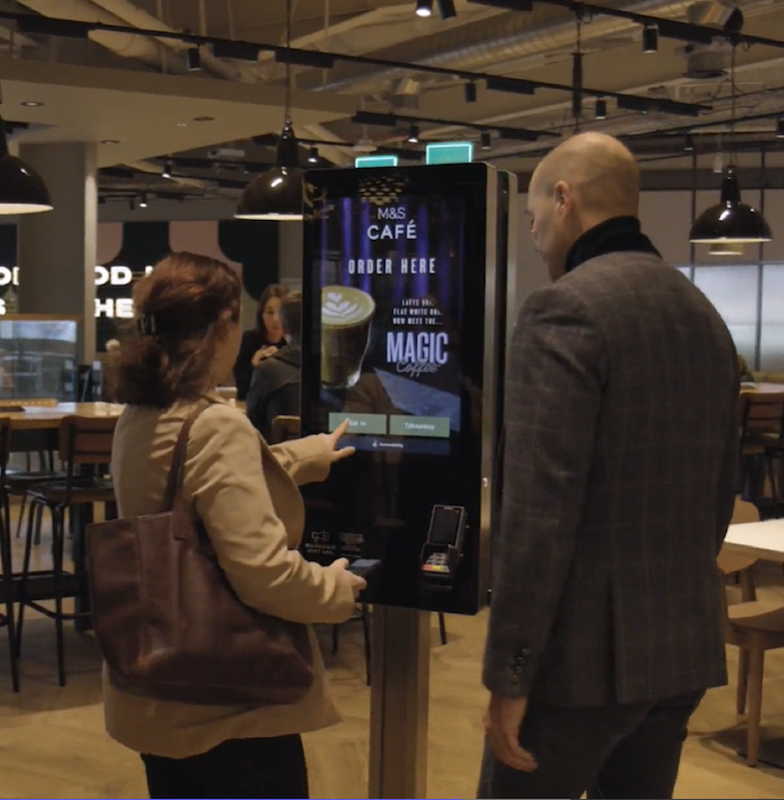How retail technology has revolutionised school supply shopping
The retail sector has changed, driven by various technologies that have changed customer expectations. Education, especially school supply, is among the many sectors transformed by the digital revolution. Shopping for school supplies is a top example of how tech has streamlined the entire experience.
What was initially considered a stressful and time-consuming task is now a seamless and efficient process. Parents and students have also turned to online platforms to meet their supply needs.
Below are ways retail tech has changed school supply shopping.
1. Shift to online platforms
The shift from traditional physical stores to e-commerce platforms has changed how schools, parents, and teachers approach supply shopping. This transition has brought along unmatched convenience, variety, and efficiency. These platforms have also made the shopping process accessible for parents and students.
The most notable benefit of e-commerce platforms is the convenience they offer. Unlike before, parents don’t have to navigate crowded stores with long supply lists.
Embracing online shopping has enabled families to browse and purchase everything from their homes. This convenience is especially valuable during the peak back to school season.
Access to a wide range of products is the other benefit. Unlike physical stores with limited shelf space, online retailers offer plenty of items. For instance, learning institutions can effortlessly purchase unique lockers at Schoollockers and other products.
These platforms make it easy for shoppers to compare prices across multiple retailers. Schools and parents can easily compare price differences between stores before making purchases. This transparency ensures that buyers get the best value for their money.

2. Personalisation through AI
Artificial intelligence is a transformative force in retail shopping. AI-driven personalisation has enabled parents and students to find and purchase products they need for the upcoming year. One primary way AI enhances personalisation is through its ability to analyze large amounts of customer data.
Tracking browsing history, search queries, and past purchases enables AI algorithms to create detailed profiles of individual buyers. This makes it possible for online retailers to understand their target customer preferences and predict their needs.
For instance, AI can suggest coloured pencils and easels to parents who previously bought art supplies. Such a level of personalization presents parents with options that align with their interests and needs.
Personalisation using AI also extends beyond product recommendations. Retailers can use this technology to create tailored promotional offers. They can also use AI to segment their customer based on preferences and behaviors. This allows them to deliver customised marketing messages, including special offers on frequently bought items.
3. Subscription services for school supplies
Subscription services are common across various industries. These services offer a convenient and hassle-free way for shoppers to ensure students have all they need for success. Automating buying school supplies gives the school and parents peace of mind.
The primary advantage of subscribing to these services is the convenience they offer. Back-to-school shopping is specifically overwhelming for busy families.
Subscription services eliminate this challenge by delivering essential supplies directly to the doorstep. This saves time and ensures students are consistently equipped without the last-minute rush.
Endnote
Thanks to evolving retail technology, the future of school supply shopping is promising. Innovations like AI powered chatbots and VR will likely enhance convenience and personalisation.
The continued evolution means a more efficient and enjoyable shopping experience for parents and learning institutions.






























Continue reading…